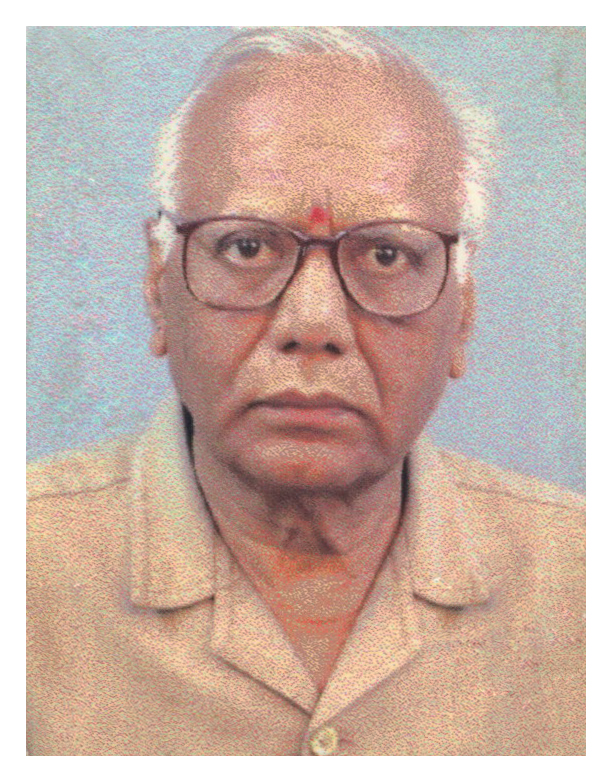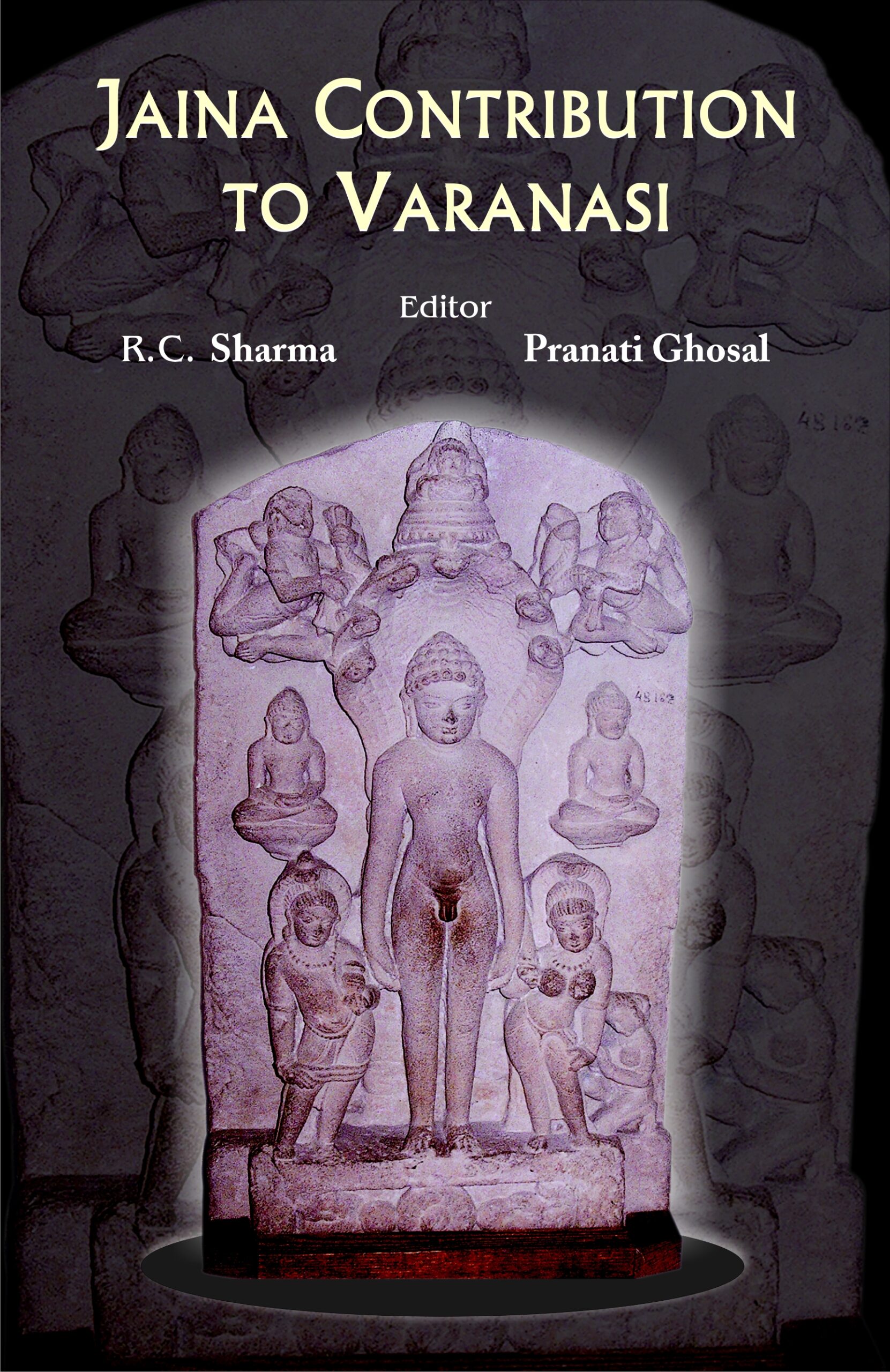-


Splendour of Mathura...
Splendour of Mathura Art and Museum
by: Ramesh Chandra SharmaThe book presents various stages of development of Mathura art from its earliest times and, in the process, gives a valuable account of the archaeological explorations and expeditions in the region since 1836.
₹1,350.00
ISBN: 9788124600153
Year Of Publication: 1994
Edition: 1st
Pages : 213+[20]
Bibliographic Details : Maps; Gallery Plan; 39 Colour illustrations; 86 B/w photos; Bibliography; Index
Language : English
Binding : Hardcover
Publisher: D.K. Printworld Pvt. Ltd.
Size: 25 cm.
Weight: 1000
It is a treasure document enlightening the various stages of development of Mathura art from its earliest times. Introducing the socio-cultural background from the pre-historic times it furnishes a valuable account of the archaeological explorations and expeditions in the region since the first antiquity saw the light of the day in 1836. Indigenous by birth, the Mathura School of Art flourished on the banks of Yamuna, reached its pinnacle under the Kushana patronage, continued in the Gupta age followed by Medieval times, thus dominating the entire Northern India for more than five centuries leaving behind imprints to be followed by the succeeding art styles. The type of stone and style changed with time and it did get influenced by its contemporary School of Gandhara once, but its exclusiveness remained down the ages. Beside the analytical assessment of the folk art tradition of early terracottas and yaksha cult, Dr. Sharma brings to light for the first time the salient features of the evolution and development of Mathura sculptures on various themes including Jaina, Buddhist and Brahmanical. The book is an uptodate document of new researches, fresh arrivals and latest reorganisation of the Museums galleries. The coloured and black & white illustrations in this book speak of the display of rich Mathura art in the Museum. The Index to the Exhibits will facilitate in spotting the description of a specific object quickly. Important sites have been located on the City and District maps and situation of galleries and ancillary units of the Museum can be found on the Gallery Plan. While the visitors will find the book a very remunerative companion during the Museum round the scholars will equally be benefitted through the prolific research material it reveals.
Preface
Maps and Gallery Plan
List of Illustrations
Table of Transliteration
Abbreviations
Important Dates
1. Cultural Background
The City and its Religious Importance
Political History
Archaeological Significance
History of Campaigns and Acquisitions
Mathura School of Art
2. The Museum at Mathura
Old Building
Early Days
Development
Present Building
Administration
Reorganisation
Centenary Celebration
Activities
Arrangement of Objects
3. Prehistoric and Terracotta Finds
Palaeoliths
Copper Celts
Sonkh Remains
Early Ceramics
Terracotta Art
4. Mauryan and Shungan Sculptures
Mauryan
Shungan
5. Early Kushana Art
Characteristics
Jaina Icons
Buddhist Figures
Origin of the Buddha Image
6. Gandhara Sculptures at Mathura
Kambojika
Life Events-Birth
At the School
Meditation
Penance
Meditation
Gods Pay Homage
Jyotishka
Apalala
Buddha Refuses Anupama
A Discourse
Bimbisaras Welcome
Buddha
Ornamental Frieze
Other Bodhisattvas
Atlantes
Stuccos Head
7. Diversity of Kushana Art
Buddhas Life-Events
The Mat Portraits
Vema Kadphises
Kanishka
Cashtana
Surya Images
Naga (Snake) Deities
Brahmanical Icons
Brahmanical Deities
Railing Pillars
Sonkh Sculptures
Shalabhanjika
Naga Panel
8. Gupta Sculptures
Buddha Icons
Transition Kushano-Gupta
Female Deities
Trideva Icons
Other Significant Images
9. Mathura Through Coins
10. Medieval Sculptures
Brahma Icons
Vishnu Icons
Incarnations
Shiva Icons
Mother Goddess Panels
Select Bibliography
Index to Exhibits
General Index
Colored Illustrations












